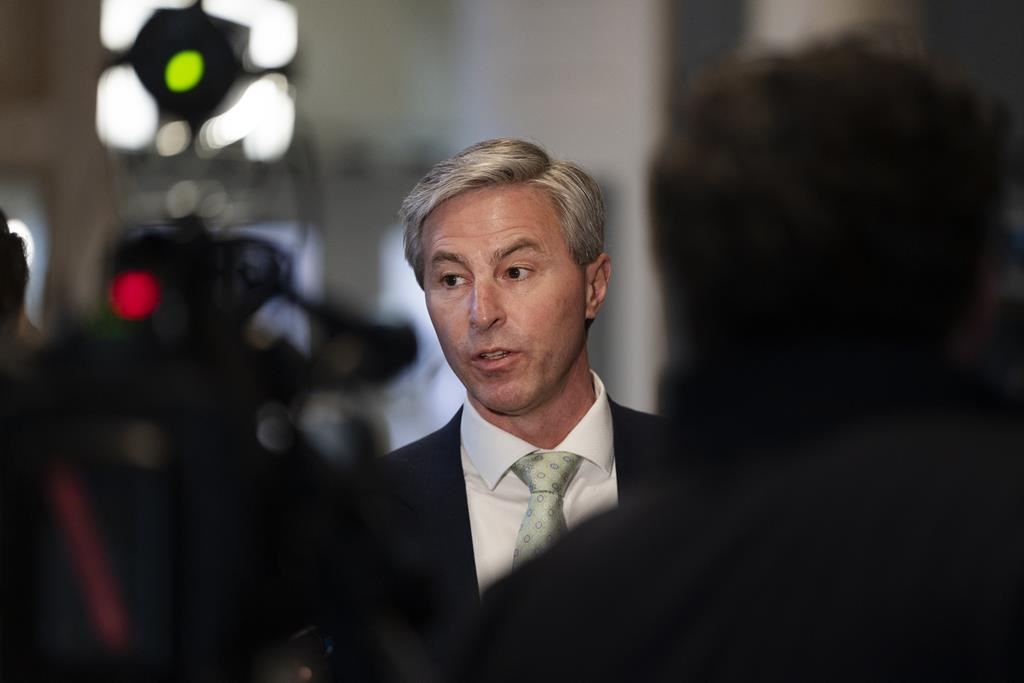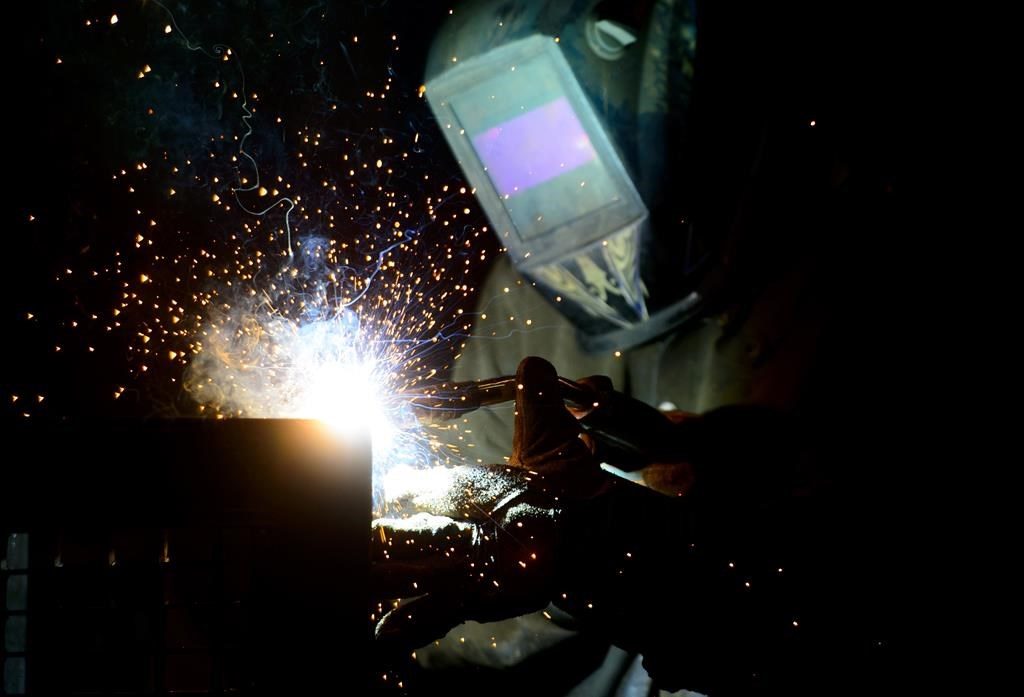TransAlta boss says economics could make carbon capture unfeasible for years
Posted Dec 29, 2012 10:00:03 AM.
This article is more than 5 years old.
CALGARY – With half of its electricity plants fuelled by coal, the head of TransAlta Corp. is a believer in how valuable carbon capture and storage could be for the company.
But a decision in April to scrap Project Pioneer, a $1.4-billion project to capture carbon dioxide emissions from an Alberta coal plant and store them underground, has TransAlta (TSX:TA) president and CEO Dawn Farrell less optimistic about the technology’s feasibility in the future.
TransAlta was one of the companies backing the project. Enbridge Inc. (TSX:ENB) and Capital Power Corp. (TSX:CPX) were the others.
The idea was to sell some of carbon dioxide to nearby energy producers, who would inject the gas into their fields as a means to get more oil out of the ground.
The federal and Alberta governments have been banking on carbon capture and storage to reduce the carbon footprint of the power generation and the oil and gas industries. Project Pioneer, which would have been connected to the Keephills 3 coal plant west of Edmonton, received $779 million in backing from Ottawa and Edmonton.
Although an initial study found the technology worked and the capital costs were in line with expectations, Farrell said things changed as planning moved forward and other methods of oil extraction improved.
“What had changed was this horizontal drilling, which has changed the cost structure of finding gas and now oil,” Farrell said, in an interview with The Canadian Press. “As a result of that the cost of taking oil out of the ground … with CO2 is now being overtaken by the cost of horizontal drilling.
“Effectively what happened is the ability of the oilfields to use CO2 moved out five or 10 years and we had federal funding we needed to put in place right away.”
Farrell said new federal legislation on carbon emissions means TransAlta’s Sundance plant will reach the end of its first lifespan in 2019. Other plants will follow in the ensuing decade. Once a plant reaches the end of its life, the company can continue to operate it with a carbon-capture retrofit or shut it down.
“So 2019 is the first big decision for TransAlta,” Farrell said. “If they’re coming to the end of their life at the end of this decade, in 2019, I don’t think they have a very good chance for retrofit unless my team can discover some other way of dealing with it.”
Alberta has a 1,000-year supply of low-sulphur coal, but Farrell said it still gives off double the emissions of natural gas.
The cost of coal at this point continues to make it an attractive alternative, but Farrell notes the high costs of carbon-capture and the lack of a market to sell the captured carbon could put coal “out of the money” as plants reach the end of their lives under federal rules.
TransAlta has power plants in Canada, the United States and Australia.
Farrell said the utility is looking at further expansion in the United States in 2013 and is hoping to make some acquisitions, possibly in California, related to wind energy.










